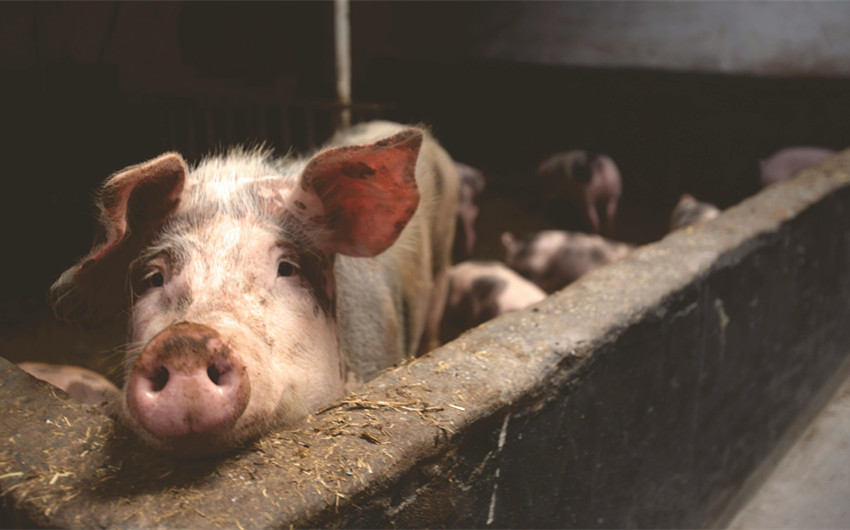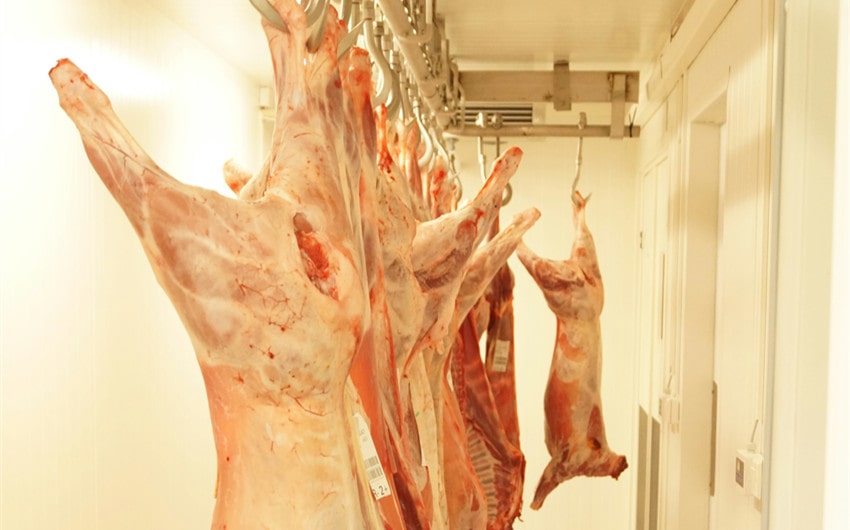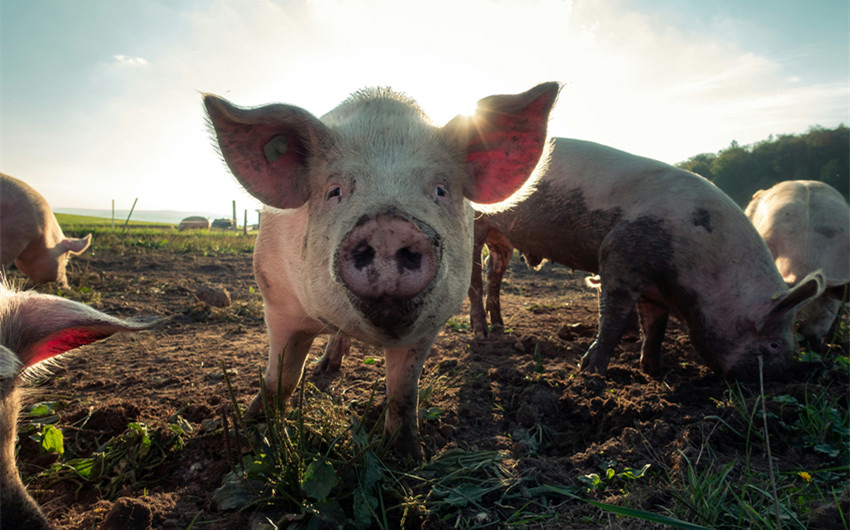7 Critical Scientific Reasons Not to Eat Pork Regularly
Pork might be a staple on many dinner tables, but it’s not always the healthiest choice. While taste and tradition often guide what we eat, there are also solid facts worth considering when it comes to meat. If you’ve ever wondered whether it’s a good idea to cut back, looking at the scientific reasons not to eat pork can offer some surprising insight.
From health risks to environmental concerns, research reveals that pork may carry more drawbacks than most people realize. This article breaks down those reasons clearly—so you can make informed choices that truly support your well-being.
1. Risk of Parasites and Bacterial Infections

One of the primary scientific concerns surrounding pork consumption is the risk of foodborne illness due to parasites and bacterial contamination. Although modern farming and food safety practices have greatly reduced these risks, they have not been eliminated entirely—especially when pork is undercooked or improperly handled.
Historically, pork has been linked to trichinosis, a disease caused by the parasite Trichinella spiralis. Though less common today thanks to improved regulations, the parasite still exists in some wild or underregulated pork sources. When ingested, it can cause symptoms like muscle pain, fever, nausea, and even serious complications in severe cases.
Additionally, pork can carry harmful bacteria such as Salmonella, Listeria, Yersinia enterocolitica, and E. coli. These pathogens are often found in raw or undercooked pork products and can lead to food poisoning, which may cause stomach cramps, diarrhea, vomiting, and fever. Vulnerable populations—such as pregnant women, the elderly, and people with weakened immune systems—are especially at risk of severe outcomes.
Contamination can also occur during processing, packaging, or even in home kitchens where cross-contamination with other foods or surfaces takes place. While proper cooking and hygiene greatly reduce these risks, no method is completely foolproof, and outbreaks linked to pork still happen.
From a scientific standpoint, the biological hazards associated with pork are a key reason why some nutritionists and researchers recommend reducing or avoiding it altogether—especially when safer protein alternatives are available.
2. High Levels of Saturated Fat and Cholesterol
From a nutritional standpoint, pork—especially in its fattier cuts—contains significant amounts of saturated fat and cholesterol, both of which have been scientifically linked to increased risk of heart disease and stroke. While leaner cuts like pork tenderloin are lower in fat, common favorites such as bacon, ribs, pork belly, and sausage are high in saturated fats that raise LDL (“bad”) cholesterol levels.
When consumed frequently, diets rich in saturated fat can contribute to plaque buildup in arteries, leading to atherosclerosis, high blood pressure, and cardiovascular complications. According to guidelines from organizations like the American Heart Association, reducing saturated fat intake is one of the most important steps for heart health—and pork often makes the list of meats to limit or avoid.
Even moderate portions of certain pork products can contribute significantly to your daily saturated fat intake, especially when fried or prepared with added fats. Replacing pork with lean proteins like chicken, fish, legumes, or plant-based options can support better cholesterol levels and lower the risk of long-term heart issues.
3. Carcinogenic Risk from Processed Pork

Processed pork products—such as bacon, ham, sausage, and hot dogs—are scientifically classified as Group 1 carcinogens by the World Health Organization (WHO). This means there is strong evidence that these products cause cancer in humans, particularly colorectal cancer. While this classification doesn’t mean they’re as dangerous as smoking or asbestos, it places them in the same category based on the strength of evidence.
The cancer risk is linked to chemical preservatives like nitrates and nitrites, which are commonly used to cure and preserve processed meats. These compounds can form carcinogenic N-nitroso compounds (NOCs) in the body, which may damage cells and increase cancer risk. Additionally, heme iron, found in red meats like pork, can also promote the formation of harmful compounds in the gut.
Research has found that eating just 50 grams of processed meat per day—equivalent to a few slices of bacon—increases the risk of colorectal cancer by about 18%. With this in mind, many health experts recommend limiting or avoiding processed pork altogether as a preventive measure backed by science.
4. Inflammatory Effects of Pork Consumption
Emerging research suggests that pork—particularly red and processed varieties—can contribute to chronic inflammation in the body. While inflammation is a natural response to injury or infection, systemic, low-grade inflammation over time is linked to a wide range of chronic diseases, including type 2 diabetes, cardiovascular disease, autoimmune conditions, and even certain cancers.
Diets high in saturated fat, cholesterol, and processed meats—like pork—have been shown to increase pro-inflammatory markers, such as C-reactive protein (CRP). These markers indicate internal stress on the immune system and are often elevated in people with poor diet and lifestyle habits.
Additionally, pork’s fatty acid composition, especially in processed or fatty cuts, can skew the omega-6 to omega-3 ratio, tipping the balance in favor of inflammatory responses. Unlike oily fish or nuts, which have anti-inflammatory properties, pork tends to promote rather than calm inflammation when consumed regularly.
For individuals managing chronic health conditions or aiming to prevent them, reducing pork intake may help lower inflammation and improve overall wellness as supported by nutrition research.
5. Antibiotic Use and Resistance

One of the most pressing scientific concerns tied to pork production is the overuse of antibiotics in industrial pig farming, which contributes directly to the rise of antibiotic-resistant bacteria. To promote growth and prevent disease in crowded conditions, many commercial farms routinely give pigs antibiotics—often even when the animals aren’t sick.
This practice creates a breeding ground for resistant strains of bacteria, some of which can make their way into the human population through contaminated meat, farm runoff, or contact with farm workers. These “superbugs” are harder to treat with standard medications and pose a serious global health threat, as recognized by the World Health Organization (WHO) and Centers for Disease Control and Prevention (CDC).
Antibiotic residues may also be found in pork meat if proper withdrawal periods aren’t followed before slaughter. Though regulated in many countries, enforcement can vary—and trace amounts still raise concern among health-conscious consumers. Choosing to avoid pork may be one way to reduce your indirect exposure to antibiotic-resistant bacteria and support more responsible food systems.
6. Digestive Challenges Associated with Pork
From a digestive standpoint, pork can be harder on the gut compared to other proteins like poultry or fish. For individuals with sensitive stomachs, underlying GI conditions, or sluggish digestion, pork’s high fat content and dense protein structure may contribute to bloating, discomfort, or indigestion.
Unlike lean meats, fatty cuts of pork (like bacon, ribs, and sausages) take longer to break down, requiring more stomach acid and enzymatic activity. This can slow digestion, especially in people with low stomach acid or gallbladder issues. In some cases, people may also experience mild intolerances or sensitivities to pork proteins, leading to subtle symptoms like nausea, fatigue, or irregular bowel movements after eating.
Moreover, certain cooking methods—like frying or heavy seasoning—can make pork even harder to digest. For those with irritable bowel syndrome (IBS) or other gastrointestinal issues, eliminating pork from the diet can often lead to noticeable relief.
7. Environmental and Public Health Impact of Pork Farming

Beyond individual health, there are well-documented scientific concerns about the environmental and public health impact of large-scale pork production. Industrial pig farms generate massive amounts of animal waste, which can contaminate water supplies, soil, and air—particularly in rural and low-income communities located near these facilities.
Pig manure contains harmful substances like nitrogen, phosphorus, bacteria, and antibiotic residues, which, when improperly managed, can leach into rivers, lakes, and groundwater. This not only threatens ecosystems but can also cause respiratory problems, headaches, and skin irritation in nearby residents due to the ammonia and hydrogen sulfide gases emitted.
In addition, studies have shown that communities near pork production sites have higher risks of respiratory illness, antibiotic-resistant infections, and poorer overall health outcomes. The environmental footprint of pork—including greenhouse gas emissions, land use, and water consumption—is also higher than that of plant-based or alternative protein sources.
Avoiding pork isn’t just a personal health decision—it’s also a step toward supporting more sustainable and health-conscious food systems.






